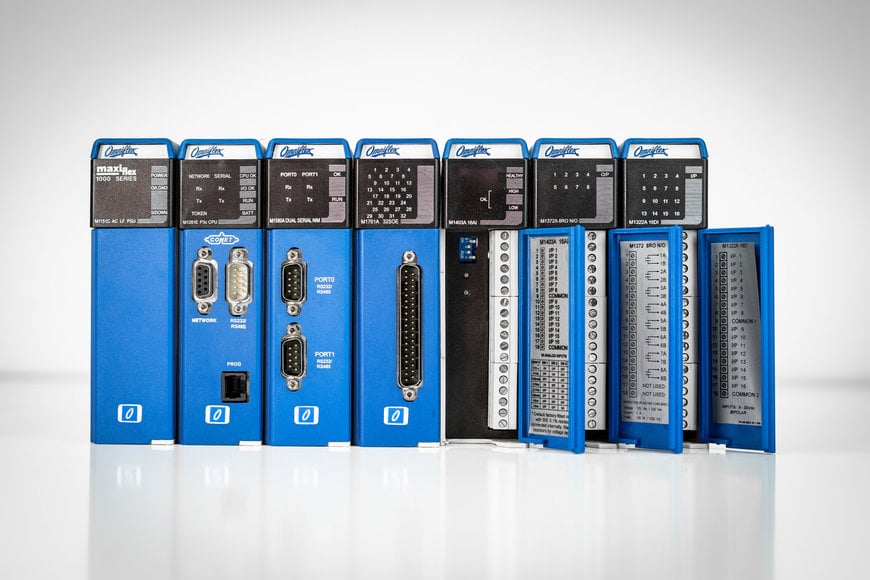www.magazine-industry-usa.com
21
'22
Written on Modified on
Omniflex: Maximum flexibility for radiation monitoring
No industrial sector is as highly regulated as the nuclear sector in terms of the mission-critical safety systems required to maintain operations. Here Gary Bradshaw, director of remote monitoring specialist Omniflex, discusses how nuclear plant managers can implement cost-effective, flexible radiation monitoring systems to comply with increasing data acquisition needs.

Commercial off-the-shelf (COTS) products are ready-made, packaged solutions that are available to be bought off-the-shelf and can then be adapted by the end user to meet their needs. These purchases are often alternatives to custom equipment and one-off developments. To date, the highly regulated environment in the nuclear sector has made many sites reluctant to adopt COTS products, even though they offer some key advantages.
All UK-based nuclear facilities must adhere to strict guidelines for the radiological monitoring systems used to monitor the levels of alpha, beta and gamma radiation in the air.
Regulations from the Health and Safety Executive (HSE) and the Office of Nuclear Regulators (ONR), have created demand for real-time and historical data monitoring and the creation of safe areas for operators to collect data without entering radioactive areas. To meet this demand, networking of radiological monitors became the industry standard.
However, networking the monitors adds a layer of complexity. Because traditional nuclear radiation monitoring systems are bespoke, the field of radiation protection instruments needs to be manually networked to a bespoke panel, requiring a skilled professional to spend days wiring and testing each bespoke unit. Each of these must then be inspected by an external engineer from a regulating authority to check for human errors, before it can be certified for use which, again, can take days to complete.
Flexible data acquisition
Omniflex’s Maxiflex COTS range of remote terminal units (RTUs) provide the nuclear industry with a cost-effective front end data acquisition system for radiation protection instruments. They come equipped with RSS232/485 ports and can interface to all third party alpha, beta and gamma monitors, including Ultra, Mirion, John Caunt and Berthold devices.
The network interface capabilities include ethernet, radio, gsm, fibre, satellite, copper communications and Conet and has a wide range of hot swappable I/O modules, including digital, high accuracy analogue, HART, TC/mV, RTD and high speed pulse modules (RS422 interface to the legacy Harwell 3230 and 3280 Alpha Beta monitors).
Maxiflex systems are ideal for applications where you have a central marshalling point that is wired to multiple radiation monitors spread across multiple locations. This is a common sight in a large nuclear facility where monitors have been in place for years and connected using direct wiring. You can connect Maxiflex at the marshalling point to all of the devices, creating a central gateway point of interconnected networks to collect all the data.
The Maxiflex system can be as large as you need it to be and the amount of I/O available is unlimited because all you need to do is increase the number of modules in the system to add more I/O. This makes it a fully scalable system that can serve small, medium or large applications and provide unlimited networking of third-party hardware and dissimilar networks.
Omniflex has over 50 years of experience specialising in instrumentation, remote monitoring and safety-critical alarm systems, and is now the standard approved supplier of SIL-rated alarm annunciators for the UK’s nuclear industry.
In the nuclear industry, where saving money and improving safety don’t often go hand-in-hand, Omniflex is bringing the two together. To find out more about the Maxiflex product range, visit www.omniflex.com/dslist.php?cat=MAXIFLEX.
www.omniflex.com

